Explained: What is the LED Light on Your Phone and How Does it Work?
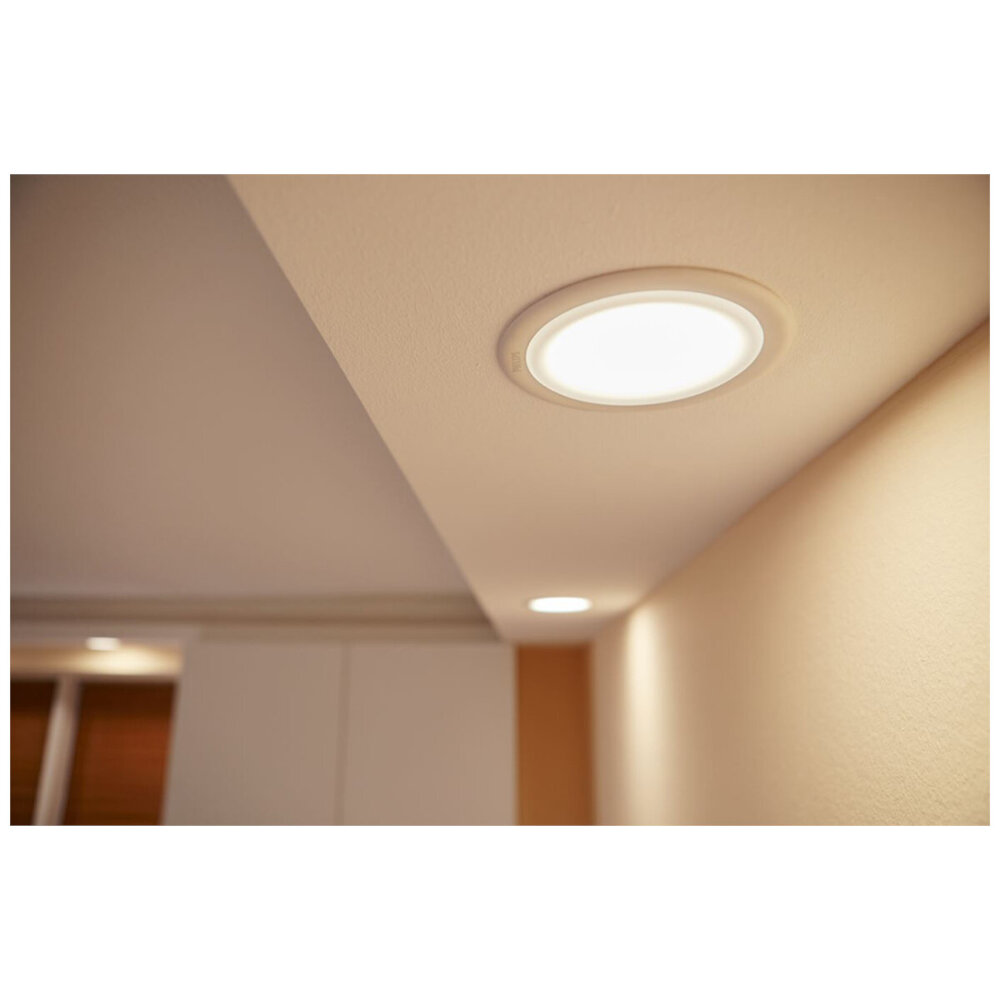
The LED light on our phones has become an essential feature that we use daily without much thought. We’ve all seen the different colors of light that glow from our phones to indicate notifications or charge status, but do we know what exactly the LED light is and how it works? In this article, we will explore the basics of the LED light on our phones, including its purpose, components, and how it works. LED stands for Light Emitting Diode, and it’s a semiconductor device that produces light when an electrical current passes through it. The LED light on our phones is usually located at the top of the screen, and it emits light in different colors to signal various notifications, such as incoming calls, text messages, and emails. Additionally, the LED light also indicates the status of the phone’s battery life and charging process. Understanding the LED light on our phones is important because it allows us to stay informed about our phone’s activity without constantly checking the screen, which can save us time and battery life.
LED stands for Light Emitting Diode, and it is a type of semiconductor that emits light when an electric current passes through it. LED lights are commonly used in smartphones as a notification light. This light blinks in different colors depending on the type of notification received, such as a missed call or a new message. LED lights in smartphones are usually small and low-power, making them energy-efficient and less likely to drain the battery. They also serve as an indicator for charging status, displaying a red light when the battery is low and a green light when it is fully charged. Overall, the LED light on smartphones serves a practical purpose, providing users with a quick and convenient way to stay informed about their device’s status.
Light Emitting Diode (LED) technology traces its roots back to the early 20th century, when British scientist H. J. Round discovered electroluminescence in a crystal of silicon carbide. However, it wasn’t until 1962 that the first practical LED was developed by Nick Holonyak Jr. at General Electric. The earliest LEDs were red and used in electronic displays, but over time, advancements in materials and manufacturing techniques allowed for the development of LEDs in a wide range of colors. Today, LEDs are used in everything from traffic lights to home lighting to mobile phones, and their efficiency, durability, and versatility make them a popular choice for a range of applications.
How do LED lights work?

LED lights, or light-emitting diodes, are a revolutionary technology that has transformed the lighting industry. Unlike traditional incandescent bulbs, which produce light by heating a filament, LED lights work by passing an electrical current through a semiconductor material. When this happens, the electrons in the material move from a higher energy state to a lower one, releasing energy in the form of photons – the particles that make up light. This process is called electroluminescence, and it is what gives LED lights their bright, energy-efficient glow. One of the key advantages of LED lights is their energy efficiency. Because they produce light by converting electricity directly into photons, they waste very little energy in the form of heat. In fact, LED lights are up to 80% more efficient than traditional incandescent bulbs, which means they use far less electricity to produce the same amount of light. LED lights are also incredibly durable and long-lasting, with lifespans of up to 50,000 hours or more. This makes them ideal for a wide range of applications, from household lighting to automotive and industrial uses. Overall, LED lights are an innovative and eco-friendly solution to our lighting needs, and their popularity is only set to grow in the years ahead.
Semiconductor materials are crucial components in the creation of LED lights. The most commonly used semiconductor material in LEDs is gallium nitride (GaN), which emits blue light when an electric current is passed through it. This blue light is then converted into different colors, such as red and green, by using phosphorous and other materials. Silicon carbide (SiC) is another popular semiconductor material used in LEDs due to its ability to withstand high temperatures and voltage. These materials are carefully chosen for their unique properties and combined to create the LED chips that power the lights we use every day.
There are several types of LED lights used in various applications, including Surface Mount Device (SMD) LEDs, High Power LEDs, and Organic LEDs (OLEDs). SMD LEDs are small and used in everyday electronics, including smartphones and televisions. High Power LEDs are larger and emit a brighter light, making them ideal for use in automotive and outdoor lighting. OLEDs, on the other hand, are thinner and more flexible, allowing them to be used in curved displays and even wearable technology. Each type of LED has its own unique properties and uses, making them a versatile and efficient lighting option for a wide range of applications.
Electroluminescence is a process that produces light when an electrical current is passed through certain materials. In the case of LED lights, a semiconductor material is used, which emits light when an electric current is applied to it. The semiconductor material is made up of two layers – one layer is doped with negatively charged electrons, while the other is doped with positively charged \holes\. When an electrical current is applied, the electrons and holes combine, releasing energy in the form of photons, which is visible light. The color of the light produced is determined by the type of semiconductor material used. This process is highly efficient and produces very little heat, making LED lights much more energy-efficient and long-lasting compared to traditional incandescent lights.
What is the purpose of the LED light on your phone?
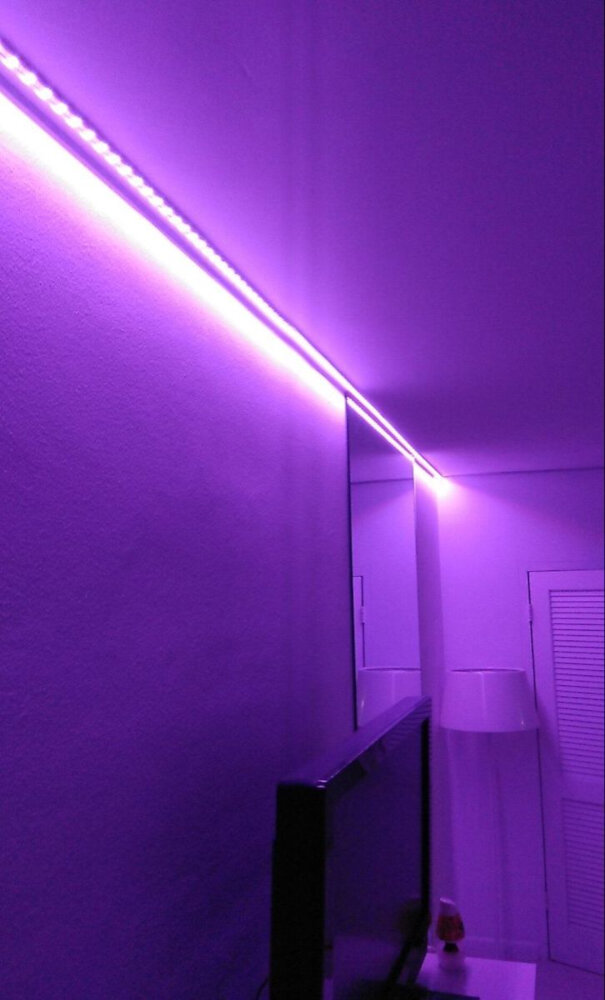
The LED light on your phone serves various purposes, and its functionality depends on the device you are using. Regardless of the phone model, the LED light serves as a notification indicator. It notifies you of incoming calls, messages, and other alerts. For instance, when you receive a notification, the LED light blinks, and you can quickly glance at the phone to determine the type of notification. The LED light helps you to know when you have missed a call or message, even if your phone is on silent mode. In addition to notifications, the LED light can also indicate the battery status of your phone. When you connect your phone to a charger, the LED light turns on, and it remains lit until your phone is fully charged. Some phones also use the LED light to indicate the charging status of your phone. For instance, when your phone is charging, the LED light blinks slowly, and when it is fully charged, the LED light stops blinking. In conclusion, the LED light on your phone is an essential feature that helps you to stay informed and connected.
The LED light on smartphones serves several functions, including notifications, charging status, and camera flash. When a notification arrives, the LED light blinks or glows in a specific color, depending on the type of notification. For example, a missed call may be indicated by a red LED light, whereas a new message may be indicated by a green LED light. The LED light also indicates the charging status of the phone, with a red light indicating that the battery is low and a green light indicating that it is fully charged. Additionally, the LED light can be used as a camera flash, providing additional lighting for photos and videos in low-light environments. Overall, the LED light on smartphones is a versatile feature that provides users with helpful information and functionality.
LED lights on smartphones come in various colors, each with a unique purpose. The most common color is white, which is used to illuminate the phone screen in low-light conditions. Green is often used to indicate notifications, such as new messages or calls. Blue is typically used to indicate that the phone is charging, while red indicates low battery or a problem with the device. Some smartphones also feature a multicolored LED light, which can be customized to display different colors for different types of notifications. Overall, LED lights on smartphones are a helpful tool for keeping users informed about important updates and alerts.
LED lights are commonly used in mobile phones to provide notifications to users. These tiny lights, located near the phone’s speaker, are programmed to light up in various colors to indicate different types of notifications, such as incoming calls, text messages, or app notifications. For instance, a green LED light may indicate that a missed call or a message has been received, while a red LED light may signify low battery or a charging status. In addition to their functional use, LED lights can also be customized by users to suit their preferences. Overall, the use of LED lights for notifications is a convenient feature that allows users to stay informed about their phone’s status without having to constantly check it.
How to customize the LED light on your phone
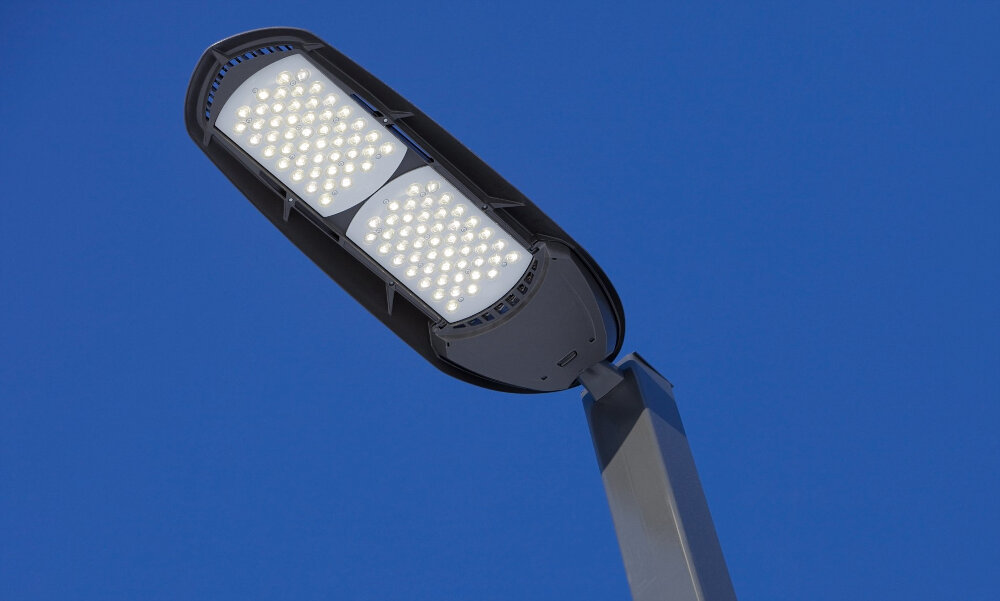
Customizing the LED light on your phone is a fun and useful way to personalize your device. The LED light on your phone serves various purposes, such as notifying you of incoming calls, messages, or low battery. By customizing the LED light, you can choose different colors and patterns to differentiate between notifications, so you always know what’s happening on your phone without even touching it. To customize the LED light on your phone, you first need to check if your phone has the option to do so. Most Android and iOS devices have LED customization options, but it may vary depending on the phone model and software version. Once you’ve confirmed that your phone has the LED customization option, you can start customizing it by going to the settings menu. The exact steps may differ depending on your phone, but generally, you’ll need to go to the \Display\ or \Notification\ settings and find the LED customization option. From there, you can choose the color, pattern, and duration of the LED light for different notifications. For example, you can set a blue light for incoming calls, a green light for messages, and a red light for low battery. By customizing the LED light on your phone, you can make it more functional and personalized to your preferences.
The process of changing the color and notification settings for the LED light on different smartphone models can vary. For example, on Samsung Galaxy devices, users can access the settings by going to \Settings\ > \Display\ > \LED indicator.\ From there, users can choose which notifications they want the LED light to display, as well as customize the color for different types of notifications. On iPhones, users can access the settings by going to \Settings\ > \General\ > \Accessibility\ > \LED Flash for Alerts.\ From there, users can turn on the LED flash for notifications and customize the color for different types of alerts. Additionally, some smartphone models may have third-party apps available that allow for even more customization of the LED light.
There are several third-party apps available that allow users to customize the LED light on their phone. These apps can be found on the Google Play Store or Apple App Store and offer a variety of features and settings. Some apps allow users to assign different colors to different notifications, while others provide the option to create custom patterns or animations. Some apps even let users control the LED light remotely, using another device or through the internet. With so many options available, users can easily find an app that suits their needs and preferences, making their phone’s LED light an even more useful and personalized feature.
The future of LED technology in smartphones
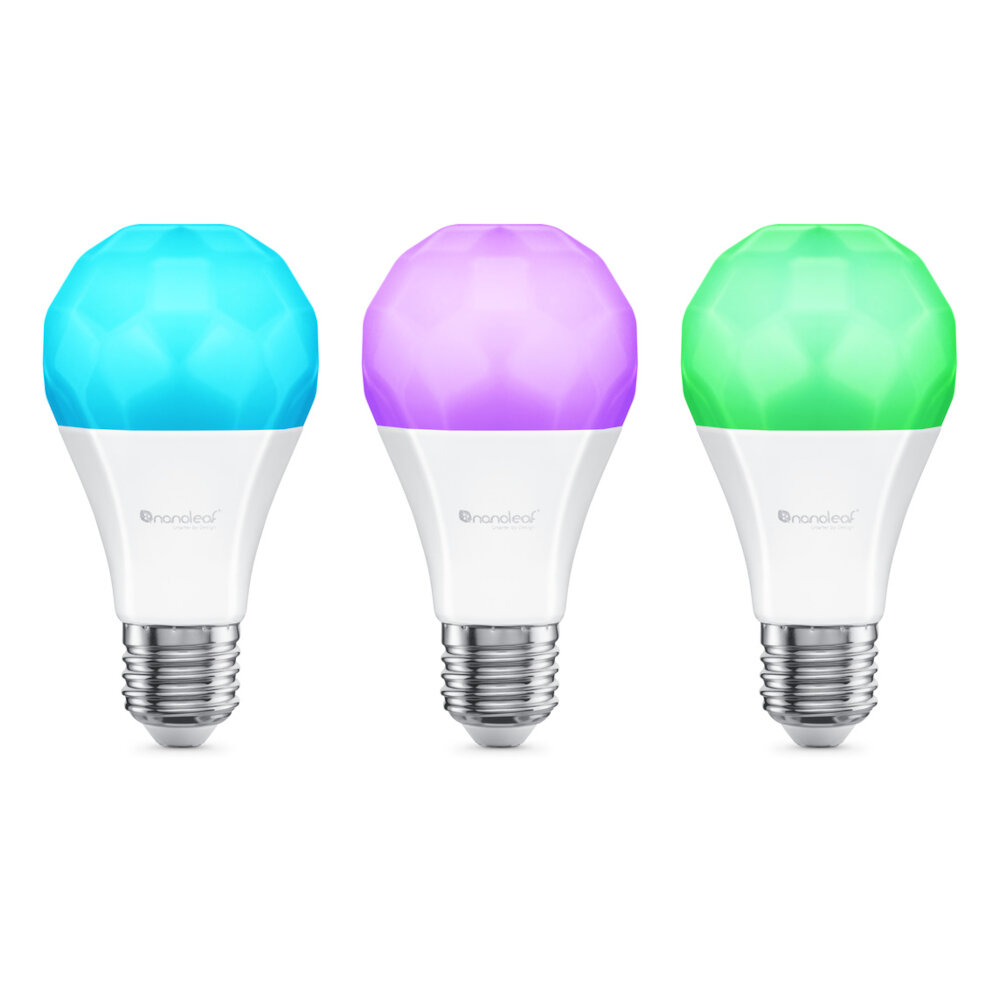
The future of LED technology in smartphones seems to be bright and promising. LEDs are already a standard feature in most smartphones today, but manufacturers are constantly looking for ways to improve their capabilities and make them more efficient. For example, some companies are experimenting with RGB LEDs, which can change color and brightness depending on the user’s preferences. This could lead to more customizable and personalized smartphone experiences, as users could adjust the color and brightness of their phone’s LEDs to match their mood or environment. Moreover, some researchers are looking into using LED technology to create flexible, bendable screens for smartphones. These screens could be made from layers of thin, flexible materials, and the LEDs would be embedded within the layers. This would create a display that is both durable and lightweight, making it ideal for use in smartphones and other portable devices. As LED technology continues to evolve, there is no doubt that it will play an increasingly important role in the future of smartphone design and functionality.
Advancements in LED technology for smartphones are likely to revolutionize the way we use our phones. One potential advancement is the development of microLEDs, which are smaller and more energy-efficient than traditional LEDs. These tiny LEDs could enable phone manufacturers to create brighter, more colorful displays that consume less power, leading to longer battery life. Another development is the use of OLED displays, which are capable of displaying deeper blacks and richer colors than traditional LCD displays. This technology could also enable manufacturers to create foldable displays, allowing users to have a larger screen without sacrificing portability. As LED technology continues to advance, we can expect to see even more exciting developments in the world of smartphone displays.
The advent of LED technology has revolutionized the world of mobile devices. LED lights are used in mobile phones for various purposes, including notifications and flashlights. One of the significant advantages of LED technology is its impact on battery life and energy efficiency. LED lights consume less energy than traditional light bulbs, which translates to longer battery life. LED lights also generate less heat, reducing the strain on the device’s battery. Therefore, LED technology not only provides brighter and clearer illumination but also improves the overall energy efficiency of mobile devices. As a result, mobile phones with LED lights can last longer on a single charge, reducing the need for frequent charging and improving the user experience.
The LED light on your phone is a small but mighty feature that serves a variety of purposes. It can indicate notifications, battery life, and even act as a flashlight. LED stands for light-emitting diode, which is a semiconductor device that emits light when an electric current is passed through it. The LED light on your phone works by receiving signals from the phone’s software, which triggers the light to turn on or off depending on the notification or function. LED lights are energy-efficient and can produce different colors, making them a popular choice for phone manufacturers. The LED light is a simple yet useful feature that enhances the functionality of your phone.
In conclusion, LED lights have revolutionized the smartphone industry by providing a low-power, high-brightness solution for alerting users to incoming calls, messages, and notifications. They have replaced the outdated incandescent bulbs and fluorescent screens that were once used for this purpose. LED lights offer several advantages, including lower power consumption, longer lifespan, and vibrant colors. Additionally, they are versatile and can be used for a variety of applications, including camera flash, flashlight, and even mood lighting. Overall, the use of LED lights in smartphones has greatly enhanced the user experience by providing a reliable, efficient, and visually appealing way to stay connected and informed.
Conclusion
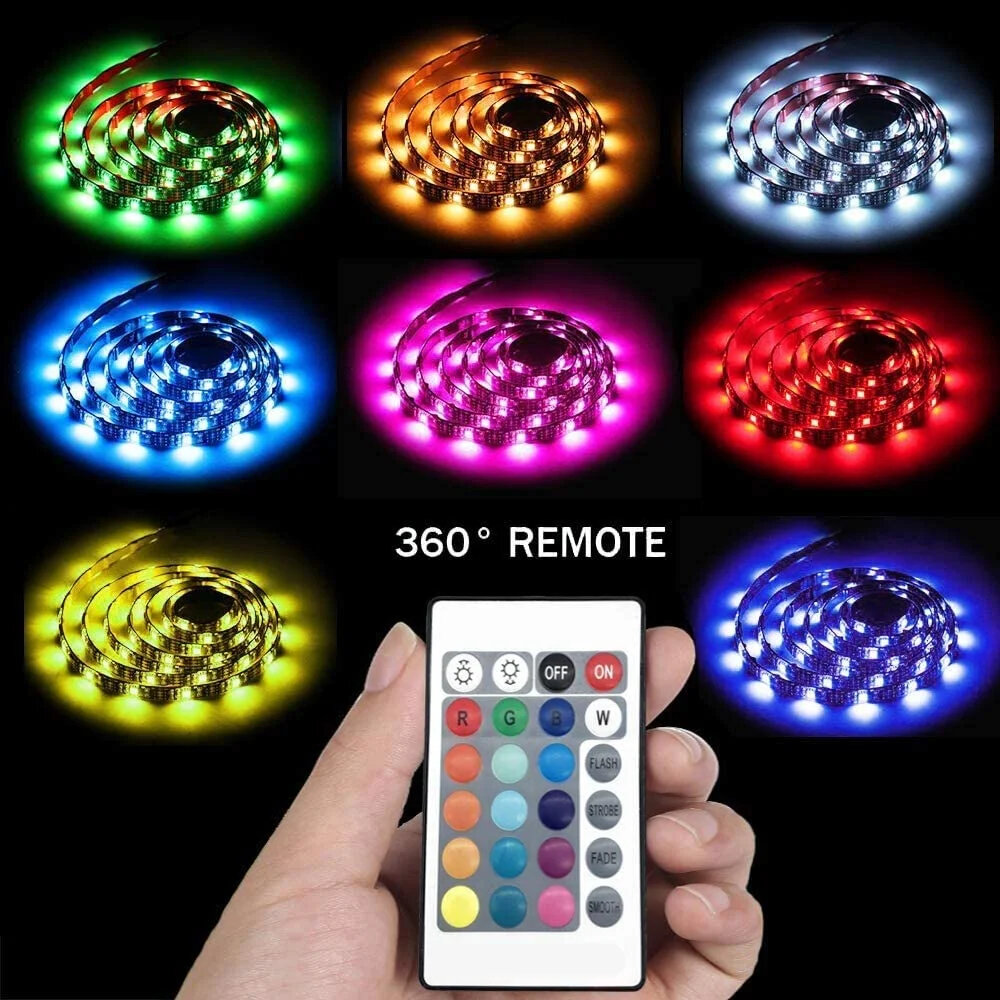
In conclusion, the LED light on your phone is a small yet powerful component that serves a variety of purposes. From indicating notifications and charging status to providing flashlight functionality, this tiny light source is an essential part of modern smartphones. Understanding how it works, including the role of semiconductors and electrical conductivity, can deepen our appreciation for the technology that powers our devices. As we continue to rely on our phones for an ever-expanding range of tasks, the LED light will remain a vital feature that helps us stay connected and informed in a fast-paced world.




